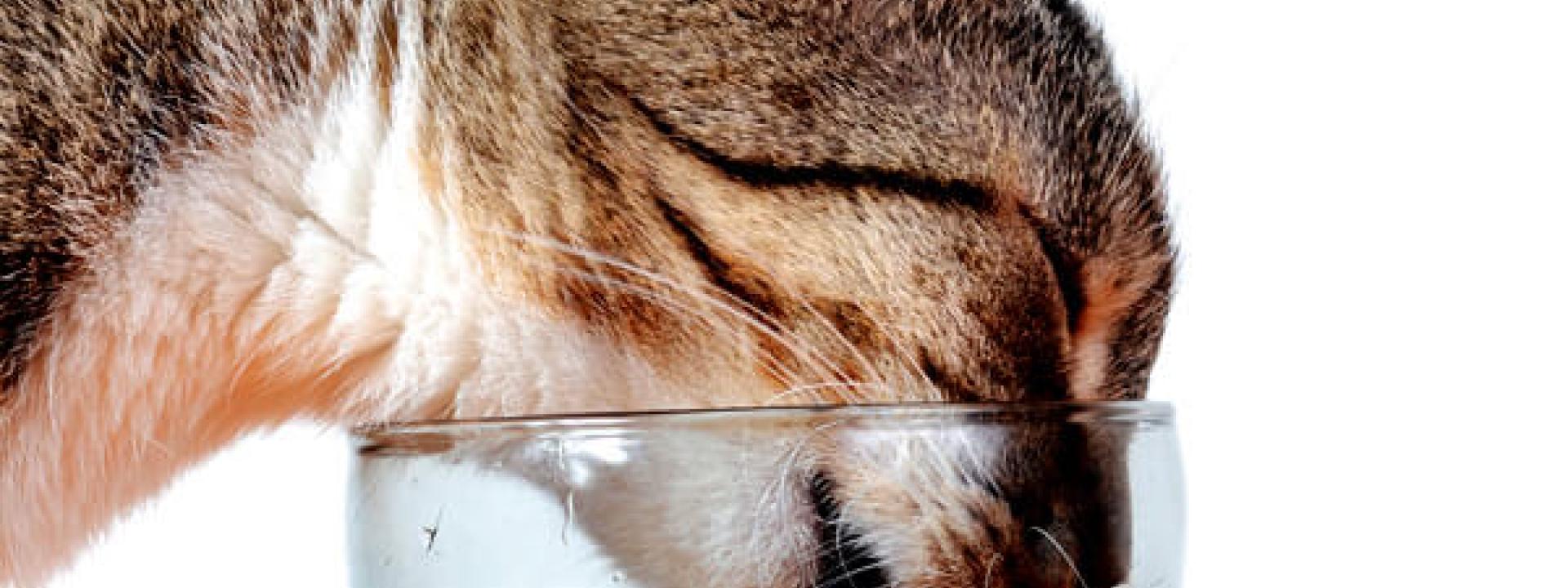Dr. Cate, can dogs and cats become diabetic? If so what signs/symptoms should I be looking for?
Dogs and cats can absolutely become diabetic; in fact diabetes is a very common condition for small animals. Many owners are unaware of the symptoms to look for while their pet is in the early stages of this condition. Knowing how to identify and treat diabetes is just as important in your pets as in humans.
What is diabetes in small animals?
Diabetes in small animals is very similar to diabetes in humans. This is a condition which occurs when the body has difficulties processing glucose effectively. Glucose is a type of sugar and what cells use as their main source of energy. In turn, the pancreas produces insulin which is the main controller of glucose levels in the blood. Insulin is the hormone which transfers glucose from the bloodstream to the cells. When the body is unable to process insulin or there is a lack of, this causes hyperglycemia. When blood glucose gets exceedingly high, glucose begins to overflow into the urine along with large volumes of water. This condition is referred to as glucosuria, and is the reason for excessive drinking and urination in diabetic pets. Glucose deficiency in the body’s cells leads to metabolic starvation, which causes fat and muscle tissue to be broken down by the liver into sugar.
Identifying the signs:
Early diagnosis of diabetes is highly beneficial; noticing the symptoms while still in the early stages can help the length and quality of their life. The best option if you suspect your pet is showing signs of diabetes is to take them for a visit to your veterinarian. Your veterinarian can run diagnostics and identify the severity of your pet’s condition. However, some common symptoms owners can look for in dogs and cats include:
- Excessive water drinking
- Urinating more frequently and/or in larger amounts
- An increase or decrease in appetite
- Weight loss
- Chronic skin or urinary infections
- Cloudy eyes
How to treat diabetes:
Although you may be able to identify the signs of diabetes, only your veterinarian can confirm it by finding hyperglycemia and glucosuria. Your veterinarian may also choose to run a urine culture to rule out a urinary infection or a blood test to assure there are no additional conditions needing treatment. Once your veterinarian is sure their condition is diabetes, they will prescribe insulin for your pet. Insulin must be administered as an injection, a veterinarian or veterinarian technician will show you how to effectively and easily administer the injections to make it a quick and painless process for both you and your pet. In addition to insulin, your veterinarian will most likely suggest a change in diet and daily exercise. The correct feeding regimen and living a more active lifestyle often makes a huge difference in the well-being of your pet. In order to treat your pet successfully, you should take them for occasional trips to the veterinarian and assure their insulin is at the correct dosage and nothing has changed with their condition.
Quality of life for a diabetic pet:
Although a diabetic pet requires a special diet, exercise plan and often insulin injections, these are all very manageable tasks. Your veterinarian can discuss the best treatment and what works for you and your pet specifically. If monitored closely and cared for accurately, your pet can live a very happy and healthy life. If you notice a difference in your pet’s weight, behavior or eating habits, please contact your veterinarian.

